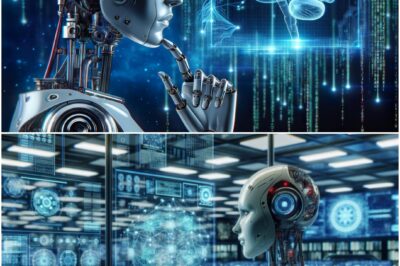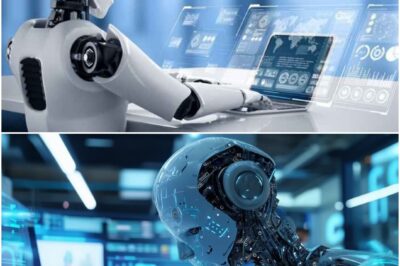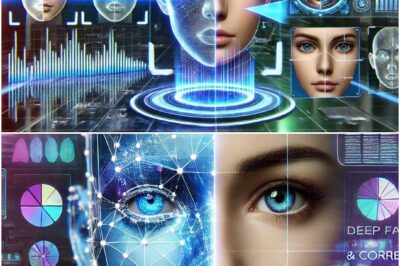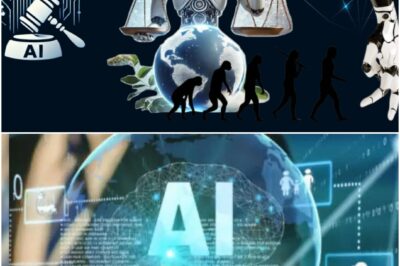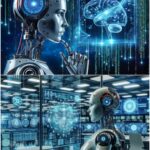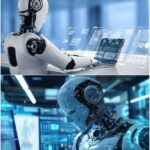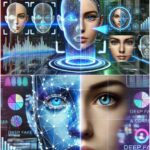Cities used to grow by accident — messy, chaotic, alive. Now they’re being designed by data.
Singapore predicts traffic jams before they happen. Seoul’s lamp posts track air quality in real time. In Dubai, AI optimizes garbage routes down to the minute. The smart city isn’t just efficient — it’s self-aware.
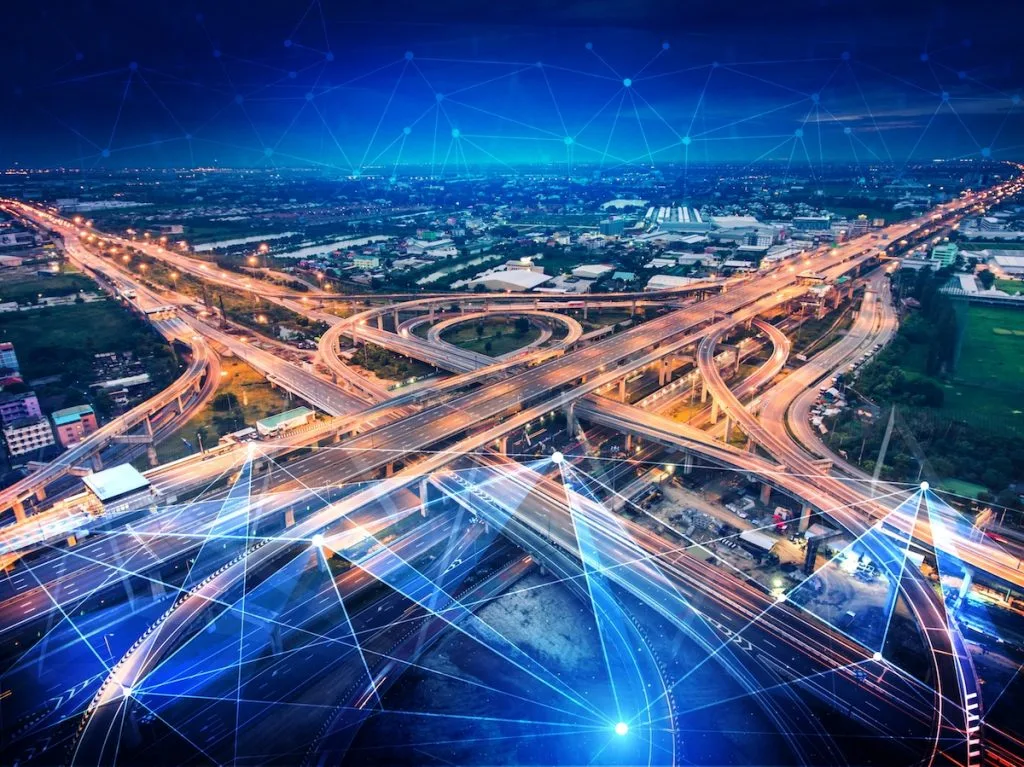
By 2030, over two-thirds of the world’s population will live in urban zones wired with sensors, cameras, and predictive models. Every streetlight, bus stop, and water meter is becoming a node in a vast, living network.
The upside: cleaner air, safer roads, and instant emergency responses. The downside: constant surveillance. Who owns all this data? The citizens who generate it — or the governments and corporations who store it?
Technology can make cities smarter, but it can also make them colder. When algorithms decide traffic flow, lighting, and policing, humanity risks disappearing beneath optimization. The real smart city isn’t the one that knows everything — it’s the one that remembers who it’s for.
News
The Ghost in the Machine: When Artificial Intelligence Starts Asking Who It Is
There’s a strange hum in the background of modern civilization. It’s the sound of millions of processors thinking — not…
Robotics Gets Emotional: The Quest to Build Machines That Feel
Robots can walk, talk, and even dance — but can they care?The next frontier of robotics isn’t physical dexterity; it’s…
The Age of Synthetic Life: Programming Biology Like Code
For billions of years, evolution shaped life through randomness. Now, humans are editing nature with precision. Synthetic biology is the…
Deepfake Nation: When Reality Itself Becomes Editable
In 2025, truth no longer needs to be destroyed — it just needs to be remixed.Deepfakes have evolved far beyond…
The Blockchain Beyond Crypto: The Quiet Revolution You Missed
Crypto made headlines — but blockchain’s real revolution was never the coins. It’s the infrastructure beneath them. Think of blockchain…
The AI Arms Race in Education: Learning Without Teachers?
In classrooms from California to Seoul, students are learning from something that isn’t human. AI tutors are grading essays, generating…
End of content
No more pages to load

